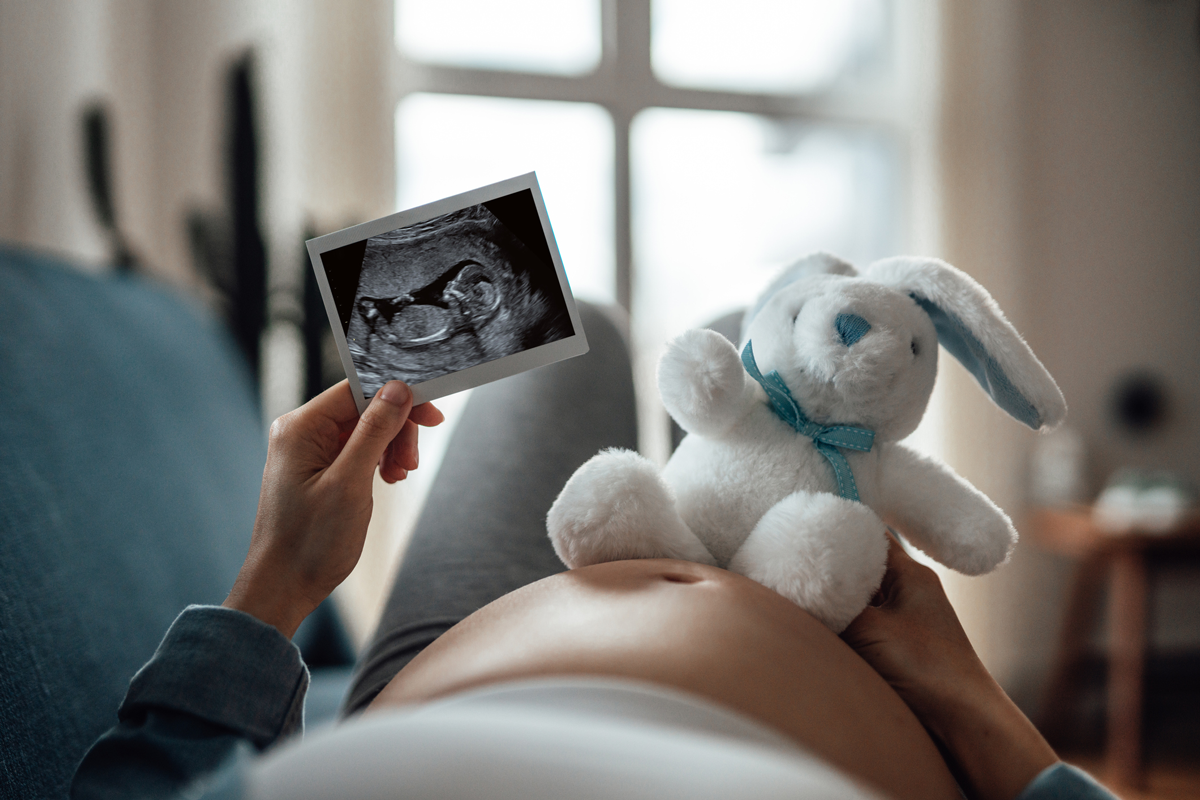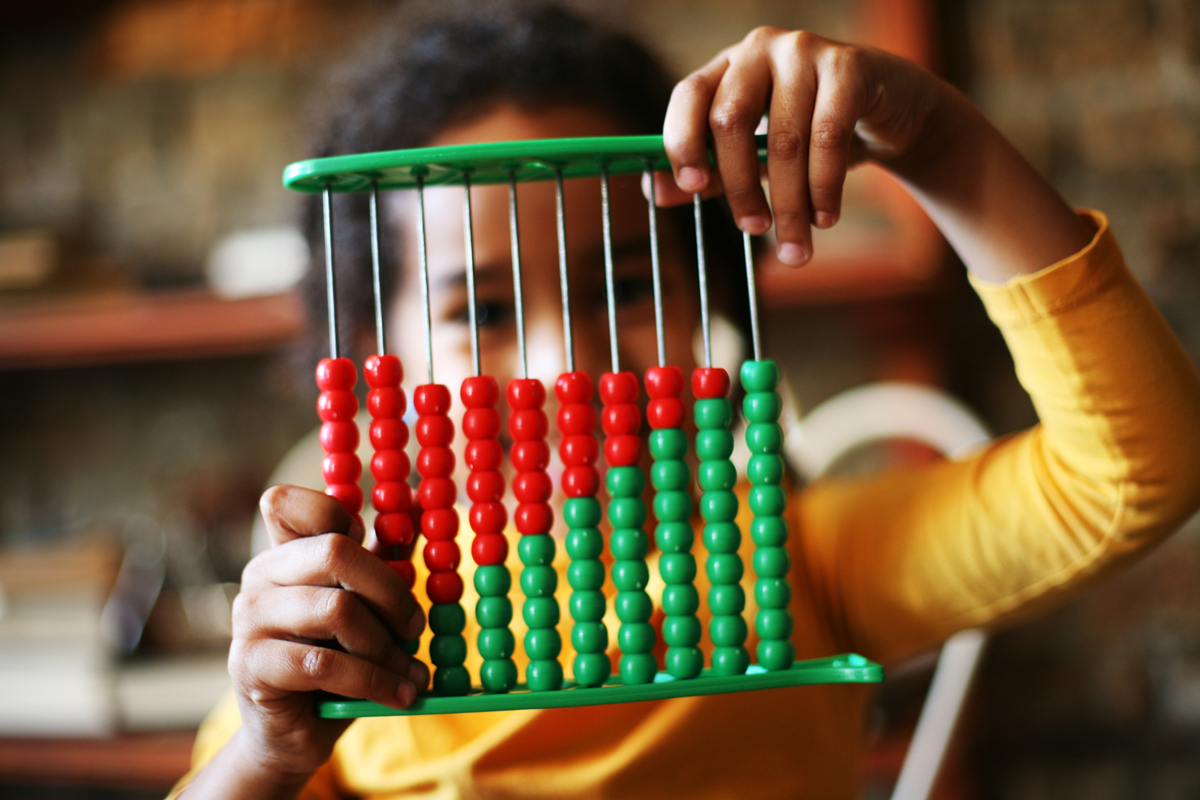We are approaching Christmas — cookies, Santa, presents, whining, and, of course, the Elf-on-the-Shelf debate. In case you are not familiar, Elf on the Shelf is a tradition dating all the way back to 2005, when a self-published book introduced the world to the idea that Santa would send out his elves to check up on kids and report back on their behavior. The book spawned an industry of elf toys. The idea is that the parents move the elf around every day to different parts of the house so kids know they are being checked up on.
Some people think Elf on the Shelf is a great, funny Christmas tradition. It’s a daily scavenger hunt for children to find it, or a way to see if you can scare Dad by hiding a creepy elf in his secret cookie stash. If this is the use case, then please continue on!
However: another case for the Elf is to motivate better behavior. And this is where some people have objections and some parents wonder if the Elf really works. Today, let’s run through the concerns and the data. Why might you want to take the Elf off the shelf this year?
The surveillance state
There is a small academic literature that argues that the use of the Elf will get kids comfortable with being monitored by a surveillance state. In the words of one paper: “EotS can also be viewed as a more sinister societal surveillance tool, normalizing the panopticon and making parents complicit with the concept of omnipresent spying.” This concern particularly arises when the Elf is used in schools, as it sometimes is. Big Elf Brother is watching, and it’s just a short hop to 1984.
I am not aware of any direct data suggesting that use of the Elf makes children more comfortable with surveillance.
Elf shame
Fundamentally, part of the power of the Elf is shame. The Elf sees when you are nice and when you’re naughty. The idea that bad behavior is something that should shame you — should get you on the “bad” list with Santa — is not one that most child psychologists endorse. “Gentle parenting” and experts like Dr. Becky and Big Little Feelings emphasize that kids want to do well and that we’ve got to help them get there. We do that by giving them tools for how to deal with stressful situations and not by making them feel like bad people.
I think it is worth saying that virtually none of the evidence-based discipline programs use shame. Programs like 1-2-3 Magic, which incorporate time-outs, also discuss not using shame. A time-out is a consequence, but after the time-out, you move on. You do not continue to discuss the behavior; it’s just over. Elf shame doesn’t end, which is a problem.
There is no direct data on Elf shame, but I will note that there is good randomized evidence to support the discipline approaches, like 1-2-3 Magic, that do not incorporate shame.
Extrinsic versus intrinsic motivation
Elf on the Shelf is effectively a reward-based system, designed to alter behavior using extrinsic rather than intrinsic motivation.
Extrinsic motivation is motivation driven by some eternal reward. When I run a race motivated by the trophy for winning, that’s extrinsic motivation. Similarly, if a child behaves well because of the promise of a present (or to avoid the threat of a lump of coal), that’s extrinsic motivation. In contrast, if I run the race because I’m motivated to enjoy the activity and push myself physically, that’s intrinsic motivation. If a child behaves well because they believe that’s the best way to engage with the world, that reflects intrinsic motivation.
There is an enormous literature on extrinsic versus intrinsic motivation, but there is a sense that intrinsic motivation is “better.” We’d rather our children want to behave well because they feel that is the right thing to do than that they do so because they will be rewarded for doing so (or punished for not doing so). Intrinsic motivation has the benefit of carrying over when external rewards are removed.
The Elf-specific concern is that it may teach a child that the only reason to, say, not hit their sister is so they get a good present (or avoid a bad one).
The data here is a bit more mixed. Literature on school performance suggests that intrinsic motivation is more strongly associated with better school performance than extrinsic motivation is. At the same time, extrinsic motivation is widely used in schools and other settings, and there are situations in which it seems like a way to motivate a specific behavior or develop a new habit. Many people use rewards to potty train their children, for example, and once the habit is formed, kids do not need stickers every time they pee.
The question of whether in-classroom reward systems are appropriate is a complicated one that I will leave for another time. From an Elf perspective, I will just note that it isn’t based on the “better” type of motivation.
Multitasking failure
All of the arguments above are reasons why the Elf might be in some way harmful. A reasonable person — by which I mean a desperate pre-holiday parent — might be tempted to do it anyway if it works.
But: Elf on the Shelf isn’t likely to work, not in the broad sense of improving your child’s overall behavior. The answer to why not lies in economic theory — in particular, in the very beautiful paper “Multitask Principal-Agent Analyses” (Holmström and Milgrom, 1991). Wait! Don’t leave! Let me explain!
In this paper, the authors are interested in the best way to construct employment contracts and, more specifically, whether such contracts should reward performance directly. The simplest kind of job economists think about is one person making widgets (our generic name for a product; don’t ask). If your job is simply to make widgets, then the best way to pay them is to pay per successful widget. It aligns the incentives: the boss wants a widget, they pay for each widget, the worker is incentivized to make the widgets. This simple setup is effectively a pay-for-performance reward scheme.
This paper asks how to think about paying workers when what you want them to do is more complicated. The authors’ example is teachers. Teachers do not do just one thing — they don’t make widgets — and you cannot measure the true output you’d like to get (say, successful and happy students). What you can do is pay them for individual components of their performance, like their students’ test scores. The problem, though, is that if you pay teachers based on how their students do in math, they may spend all their time teaching (or drilling) math. They will invest less in other parts of their job, and you may actually get less of what you really want.
The paper argues that in this type of setting, it may make sense to simply pay a fixed wage, not linked to performance, since this is better than poorly designed incentives that distort effort. More generally, this work and follow-on work has made clear that the design of incentives in many settings is very important and, almost always, when you incentivize one thing, you get less of another. There is lots and lots of evidence that supports these ideas in the real world.
At the end, “Multitask Principal-Agent Analyses” has direct implications for Elf on the Shelf. The core idea is that giving incentives for one thing — say, good behavior in the month leading up to Christmas or, even more narrowly, good behavior in the room with the Elf — is a bad idea if you can’t also measure behavior at all of the other times or in all of the other rooms. Your child may be spending an inordinate amount of energy on good behavior in these isolated moments, leaving less emotional energy for behavior at other times.
This is to say: even if you completely put aside the question of intrinsic versus extrinsic motivation, issues of shame, concerns about negative parenting, and the worry about the surveillance state, the basic economic theory of multitasking says that Elf on the Shelf probably isn’t going to work.

















Log in